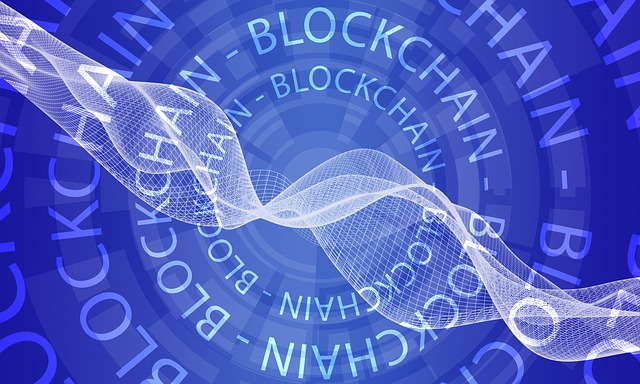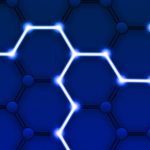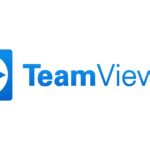By Saunthra T
It came as no surprise to see a full house at Oracle’s Blockchain Roundtable meeting held in Kuala Lumpur last week.
A survey conducted by the Malaysian Industry-Government Group for High Technology (MIGHT) has already established that many Malaysian businesses are aware of blockchain technology and what it can do. Many organisations are still in the research phase though – trying to learn more about the technology and how to work with it.
Which vendor to use probably tops the list of questions asked by these organisations. It’s not an easy one to answer either as there are literally hundreds to choose from.
On one hand there are the purely blockchain players such as Ethereum, XEM, Stellar and NEO.
Traditional IT companies are also entering the arena. If a company is already working with a vendor to provide some aspect of their IT solution, it makes sense to leverage off that partnership when entering the blockchain space.
Oracle is a member of the Hyperledger collaborative effort to create private open-source, cross-industries blockchain platforms.
Hyperledger is hosted by the Linux Foundation and counts organisations such as IBM, Cisco, Accenture, Fujitsu, American Express, Hitachi, SAP and Baidu as some of its members.
Oracle’s Blockchain Cloud Service uses the Hyperledger Fabric codebase. IBM and Digital Assets were both early contributors to this codebase and it is intended to be used as a foundation for building applications and solutions with a modular architecture. Components such as consensus and membership services are designed to be plug and play within the architecture.
Kenneth Hee, director, application development and blockchain at Oracle said, “Smart contracts in the Hyperledger fabric is known as chaincode. It uses Go and Node.js programming languages, with Java coming soon as the third language option. There is a lot of expertise out there in these programming languages.”
“Solidity [programming language], used by the Ethereum platform, is very new. There aren’t that many programmers or years of experience,” he elaborated further.
There are also two data models in chaincode. One is the standard blockchain model and the other is a world state or key value store database. This database component makes it easier to query the blockchain as it references the block where the information is stored.
“Because of this design, Hyperledger Fabric is able to provide good throughput, efficiency and security,” Hee explained.
The Hyperledger Fabric can process transactions between 3500 to 4000 transactions per second (TPS). The Bitcoin platform is at 7 TPS and the Ethereum platform is 15 TPS.
There are three key sections to the chaincode – definition of assets (who, what, where), initialising of assets, creation of the genesis code – and the Hyperledger project has created the Hyperledger Composer tool to aid in the creation of this.
Hee added that the chaincode sits in the middle layer of the solution architecture between the blockchain that sits in the infrastructure layer and the applications at the frontend layer.
The chaincode or smart contracts interacts with the ledger. It takes the value of the transactions and writes it into the ledger once there is consensus from all parties.
Three different parties need to run a node each and validate the transaction for there to be consensus. Oracle runs one node, a peer runs another node and the customer can run their own node. He explained that customers can assign their node operation to another party, if they choose not to operate a node.
Unlike other blockchain platforms, Oracle’s Blockchain Cloud Service is a private or permissioned platform. This means that it is members only and there is a choice on who gets onto the platform. This model also allows private transactions between nodes. This gives customers a level of flexibility that may be required for their operations, Hee said, adding that not all members on the platform need to be privy to every transaction.
Oracle’s blockchain cloud product can be compared to a software as a service (SaaS) model of delivery. It can be set up and ready to run in two to three weeks. “It also saves customers from having to invest in infrastructure or software. It is open source and customers are able to use any open source smart contract software on the Oracle blockchain,” said Hee.
And as it is an open system, the peer nodes don’t have to be in the cloud.
Oracle’s Blockchain Cloud offering is used by organisations such M2O and Solar Sitedesign.








